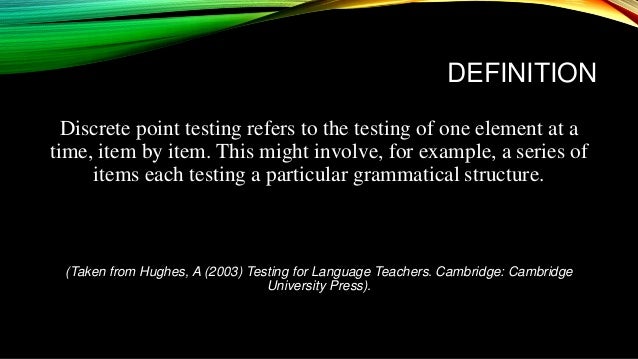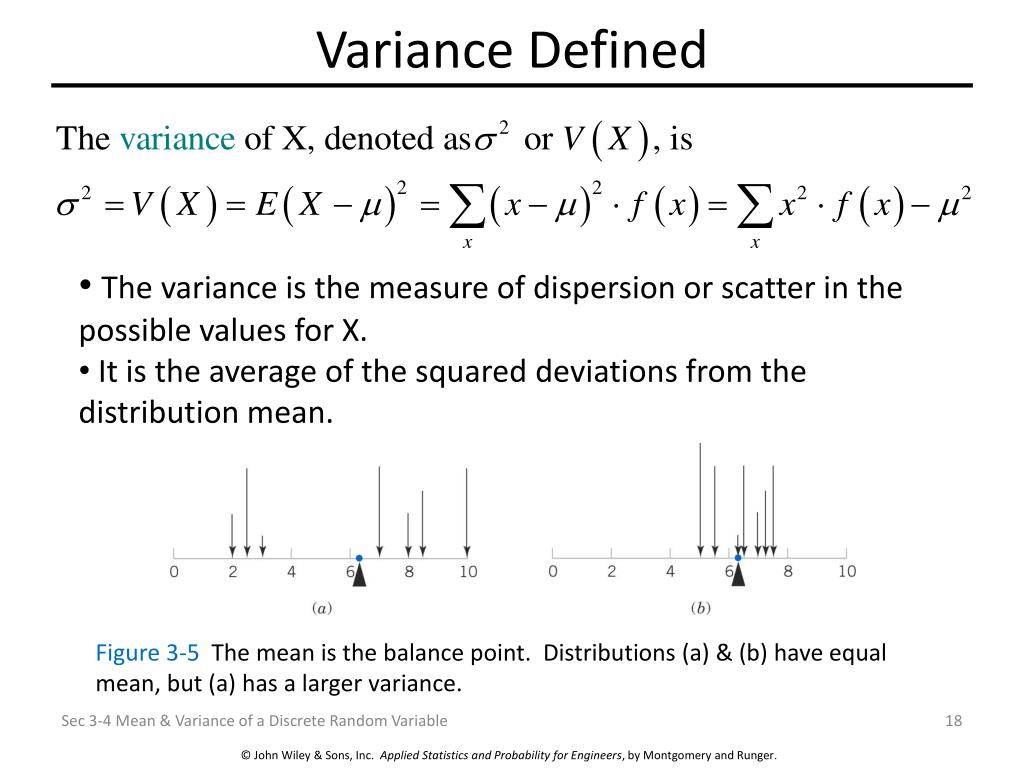

Like the explanation? Check out the Practically Cheating Statistics Handbook, which has hundreds more step-by-step solutions, just like this one!Ĭheck out our Youtube channel for more stats tips and help! ReferencesĪbramowitz, M. In the absence of additional information, point sample devices can make statements only about the sample dataset rather than about the part. It’s unlikely that you’ll be given an ambiguous question like this in your elementary stats class but it’s worth thinking about! This graph of -4/5x+3 has continuous variables - it could go on forever… For example: is time a discrete or continuous variable? You might think it’s continuous (after all, time goes on forever, right?) but if we’re thinking about numbers on a wristwatch (or a stop watch), those numbers are limited by the numbers or number of decimal places that a manufacturer has decided to put into the watch. Step 2: Think about “hidden” numbers that you haven’t considered. Afterward, we add in the underlying probability measure to obtain a random marked point process. We first consider the points alone and then add in the marks. If your variable is “Number of Planets around a star,” then you can count all of the numbers out (there can’t be an infinite number of planets). Marked point processes in discrete time We start by focusing on the sample paths. But, when compared to tactile or discrete measurements, are these point clouds from digital twins accurate In this webinar, experts will explore an. the numbers go on and on until infinity), you have what’s called a continuous variable. If you start counting now and never, ever, ever finish (i.e. Continuous data can be confusing to work with as numbers can be long with decimal points.

For example, if your variable is “Temperature in Arizona,” how long would it take you to write every possible temperature? It would take you literally forever: Some measurement tools can be restrictive. Step 1: Figure out how long it would take you to sit down and count out the possible values of your variable. Try counting your age in Planctoseconds (good luck…see you at the end of time!). Take a look at this article on orders of magnitude of time and you’ll see why time or age just isn’t countable. You could turn age into a discrete variable and then you could count it. A good rule of thumb is this: if the variable youre measuring has to be rounded before its written down, then its continuous. def DFT(x): ''' Function to calculate the discrete Fourier Transform of a 1D real-valued signal x ''' N len(x) n np.arange(N) k n.reshape( (N, 1)) e np.exp(-2j np.pi k n / N) X np. For example, you could be:Ģ5 years, 10 months, 2 days, 5 hours, 4 seconds, 4 milliseconds, 8 nanoseconds, 99 picosends…and so on. Why not? Because it would literally take forever. In fact, you would get to “forever” and never finish counting them. There are a few important things to know about discrete data. Continuous Variables would (literally) take forever to count.


 0 kommentar(er)
0 kommentar(er)
